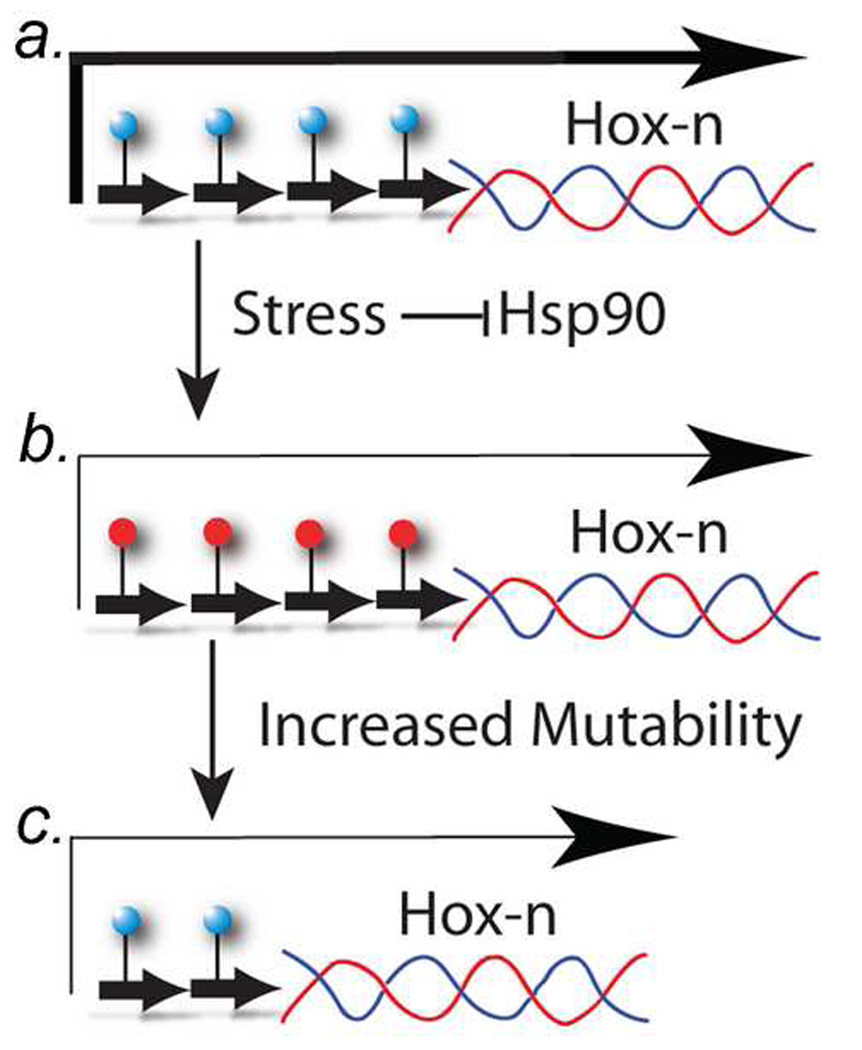Figure 2. The Epigenetically directed Genetic Error (EDGE) hypothesis.
a) In germline stem cells, the trinucleotide repeat regions (short-thick arrows) are not methylated (blue circles), and the Hox-n gene has a high (normal) expression (long-thick arrow).
b) Under stressful conditions, the trinucleotide repeat becomes methylated (red circles) and the repeat region becomes unstable -- a mutation hot spot -- expressed at a lower level (long-thin arrow). The lower expression of Hox-n epigenetically reduces stress in the organism because the morphological change caused by the lower expression results in a morphological phenotype that can compensate for the stress. In the original version of the EDGE hypothesis [36], we proposed that stress leads to hypomethylation of repeats, but that idea has been revised because of new bioinformatic data (see text).
c) The trinucleotide repeat has undergone mutation and/or contraction. which stably (genetically) results in a lower steady-state level of Hox-n RNA (long thin arrow). Consequently, the epigenetic change (middle) has directed a mutation in the Hox-n gene to reduce the environmental stress more permanently.

